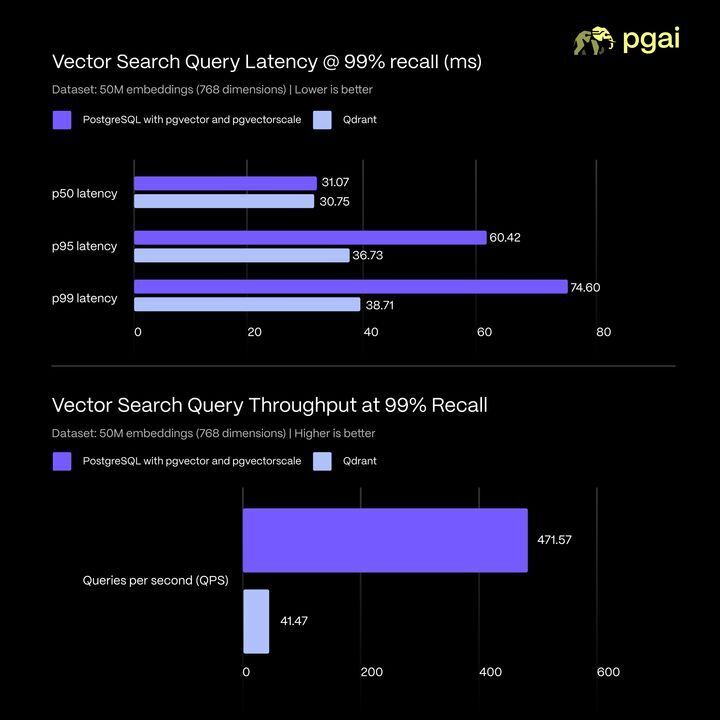My First Agentic AI Venture: Leveraging agentic AI for business
Imagine a convenience store that runs itself. No staff, no manager yelling across aisles, no checkout lines. Just a well-oiled system where every shelf knows what’s missing, the posters update themselves weekly, and something — someone — silently optimizes what goes where, when, and why. That’s what agentic AI feels like. It’s not just automation. It’s autonomy. A network of purpose-driven bots, each with a specific job, coordinating like ants — or threads in a system kernel. Think of one agent that writes product flyers with just a keyword brief. Another that figures out which flyers get the most eyeballs. Another that digitally sticks them on community boards. And another one? It spies on how folks respond — tweaking the next set based on that feedback. Under the hood, it’s a lot like building a mini operating system. Each agent is a process: stateless or stateful, reactive or proactive. There’s messaging between them, memory management (context limits are real pain), and resource orchestration. You’re not just writing code — you’re designing a society of bots. There’s a weird joy in watching these things interact. You write a spec for one agent and suddenly two others start behaving differently — like a butterfly flapped its wings in the optimizer and the publisher decided to post at midnight instead. To make this even possible, we lean into open models, prompt engineering that sometimes feels like dark arts, and orchestration logic that makes Unix pipes jealous. All stitched together with a lot of duct tape, retries, and printed logs. It's clunky at times, magical at others. But every glitch feels like debugging the future. Development is in full swing. I’ll be sharing updates right here. If you’ve got ideas, critiques, or just want to nerd out about agent societies — drop in. Stay tuned.

Imagine a convenience store that runs itself. No staff, no manager yelling across aisles, no checkout lines. Just a well-oiled system where every shelf knows what’s missing, the posters update themselves weekly, and something — someone — silently optimizes what goes where, when, and why.
That’s what agentic AI feels like. It’s not just automation. It’s autonomy. A network of purpose-driven bots, each with a specific job, coordinating like ants — or threads in a system kernel.
Think of one agent that writes product flyers with just a keyword brief. Another that figures out which flyers get the most eyeballs. Another that digitally sticks them on community boards. And another one? It spies on how folks respond — tweaking the next set based on that feedback.
Under the hood, it’s a lot like building a mini operating system. Each agent is a process: stateless or stateful, reactive or proactive. There’s messaging between them, memory management (context limits are real pain), and resource orchestration. You’re not just writing code — you’re designing a society of bots.
There’s a weird joy in watching these things interact. You write a spec for one agent and suddenly two others start behaving differently — like a butterfly flapped its wings in the optimizer and the publisher decided to post at midnight instead.
To make this even possible, we lean into open models, prompt engineering that sometimes feels like dark arts, and orchestration logic that makes Unix pipes jealous. All stitched together with a lot of duct tape, retries, and printed logs.
It's clunky at times, magical at others. But every glitch feels like debugging the future.
Development is in full swing. I’ll be sharing updates right here. If you’ve got ideas, critiques, or just want to nerd out about agent societies — drop in. Stay tuned.




















_Andy_Dean_Photography_Alamy.jpg?width=1280&auto=webp&quality=80&disable=upscale#)





















































